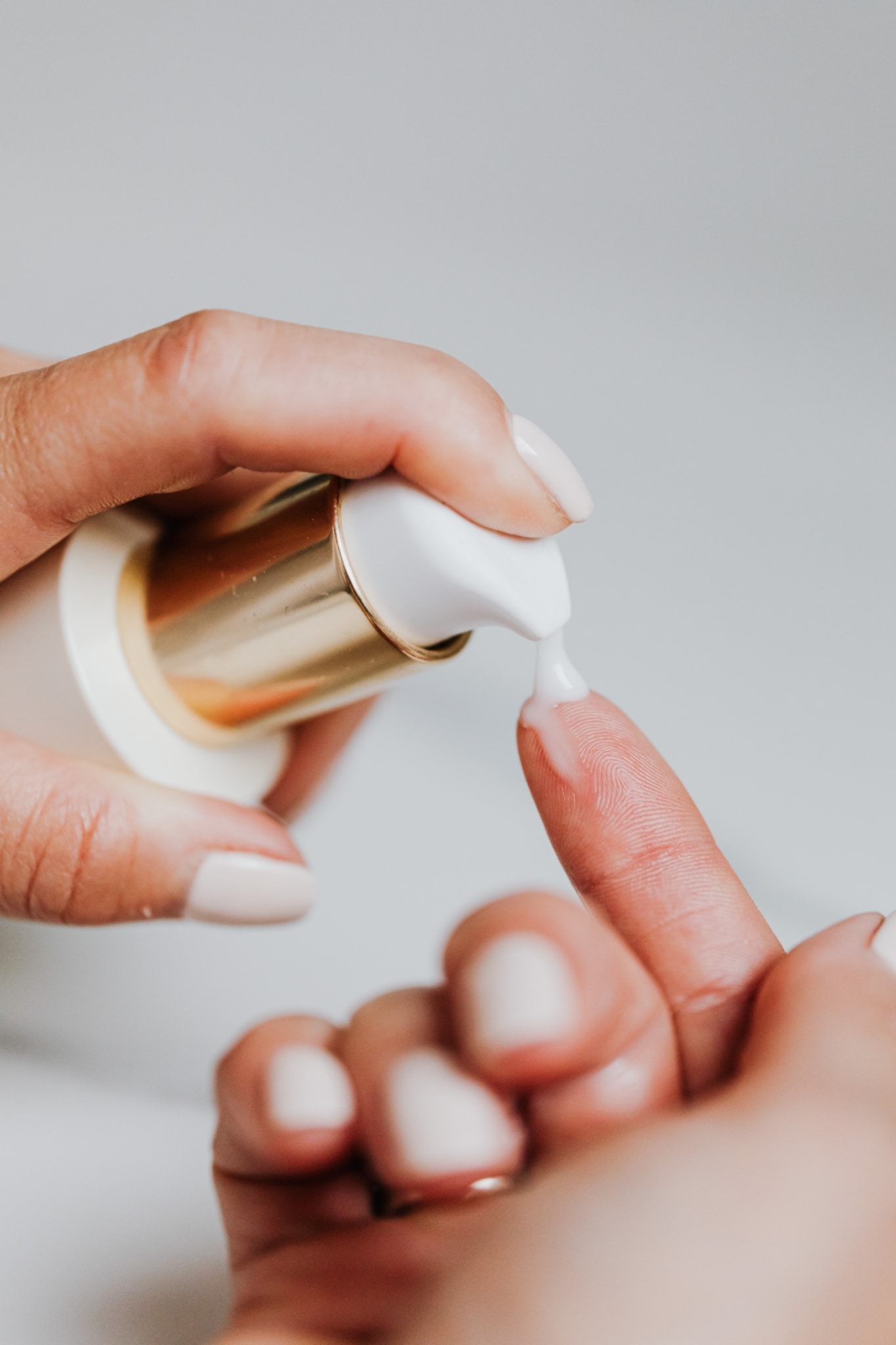By now, we all know that most consumers have fundamentally changed their shopping behaviors, shifting to digital to buy a wide range of products. In 2020, we saw a 65% increase in health and beauty eCommerce transactions. This shift to digital has brought about three key eCommerce trends that health and beauty retailers should keep an eye on, as we expect them to continue throughout 2022 and beyond:
Trend #1: Omnichannel Experiences
Consumers increasingly want omnichannel experiences, expecting retailers to offer order options like:
- Buy online pick up in-store (BOPIS).
- Buy online and pick up at curbside.
- Buy online return in store (BORIS).
For example, 60% of Millennial and 58% of Gen Z shoppers have increased their use of BOPIS for beauty products per a recent PowerReviews survey.
More Omnichannel experiences mean more fraud.
Consumers aren’t the only ones who want to see more omnichannel options. BOPIS, BORIS, same-day pickup — these options greatly expand the surface area fraudsters have to exploit. We saw a 55% increase in BOPIS fraud attacks in 2020. Fraudsters know that retailers need to provide fast and seamless omnichannel options to attract customers. But too many retailers have traditional fraud prevention systems that don’t cover the entire shopping journey, especially omnichannel touch points.
Trend #2: New Online Shoppers
We saw a 500% increase in new online buyers between March 2020 and March 2021. Many consumers now buy products online that they used to buy in person. For example, 53% of shoppers now buy more beauty products online than they did before the COVID-19 pandemic, according to a recent PowerReviews study.
Health and beauty retailers with online stores need to accommodate an influx of new online users, but many have little to no data on them. And this lack of data means that new users are 5-7X more likely to have their transactions declined than returning customers. Plus, 40% of new users who get falsely declined won’t shop at that business again.
With new users comes more account takeover.
Many new online users aren’t tech-savvy and don’t know they should take basic measures to protect their online accounts. These users often use weak passwords and fail to enable two-factor authentication (2FA) when available — making the accounts easier to hack into and take over.
We’ve seen a 55% increase in account takeover (ATO) attacks in 2020. We expect these attacks to continue as new users enter the world of eCommerce and fraudsters work on obtaining login credentials for future ATO attacks.
Trend #3: Widespread Policy Abuse
As more consumers shop for health and beauty products on multiple channels, they look for retailers that not only provide a fast and easy shopping experience but also more bang for their buck. Many health and beauty shoppers look for retailers that offer attractive shopping incentives like coupons, promotions, flash sales, and premium loyalty programs.
A recent Clarus Commerce survey found that 76% of consumers would pay for premium loyalty programs. And 40% of consumers expect immediate benefits from premium loyalty programs, such as instant discounts and faster shipping for free.
More online sales mean more policy abuse.
Policy abuse costs U.S. retailers with more than $100 million in revenue up to $89 billion per year, per research conducted by PYMNTS and Forter.
Policy abuse will continue to rise for retailers that offer many benefits, especially for online customers. Health and beauty retailers should expect to see a rise in different types of policy abuse, including coupon and promo abuse, returns abuse, and loyalty program abuse.
How Should Health and Beauty Retailers Address These Trends?
If you sell health and beauty products online, you need to consider many things when it comes to the above eCommerce trends. A good start is implementing a fraud prevention solution with real-time fraud decisioning, so you can provide those fast and convenient services consumers expect. That solution should include a vast global network of identities so you can safely welcome many more new users to your store. And it should enable you to meet consumer expectations while blocking fraudsters from every part of the customer shopping journey.
Interested in learning more about health and beauty eCommerce trends?
Check out our interactive eCommerce revenue optimization (AERO) report for health and beauty.



